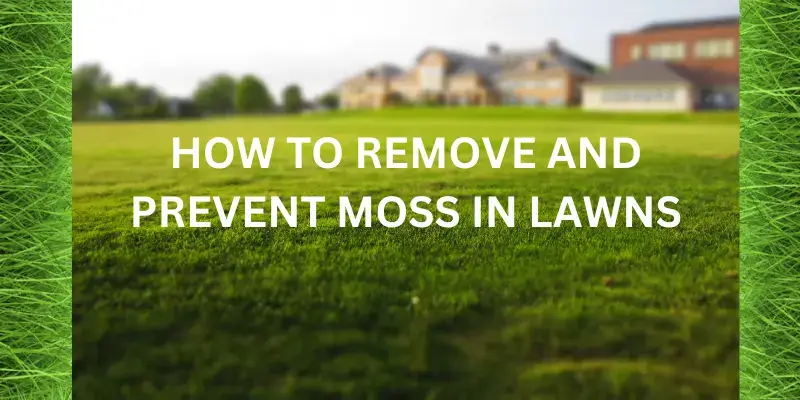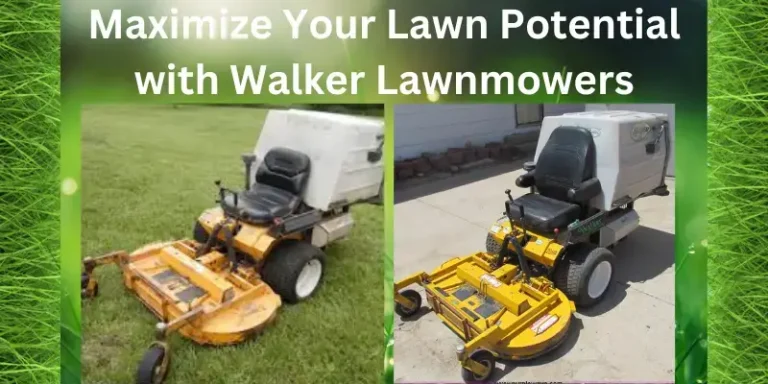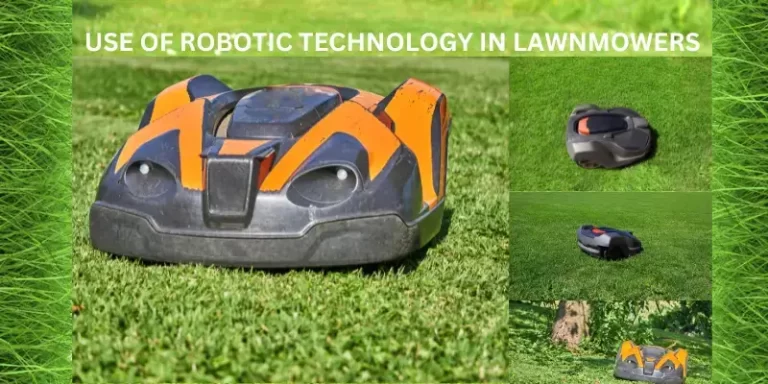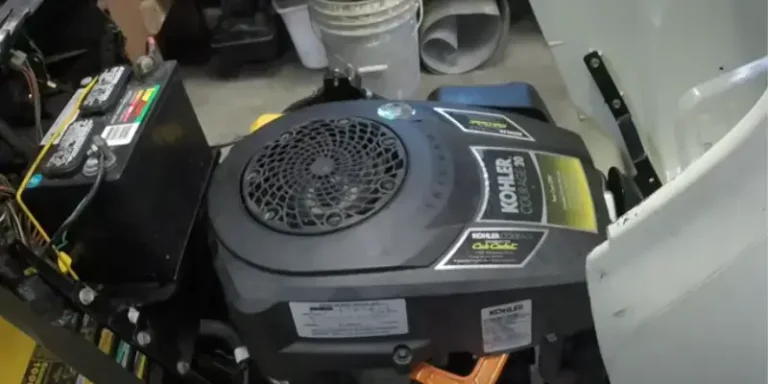HOW TO REMOVE AND PREVENT MOSS IN LAWNS
Are you tired of dealing with the common and irritating lawn weed known as moss? It seems to thrive in shady and damp areas, which happen to be the exact spots where your desired lush turf grass struggles to grow.
Moss, with its thousands of species, is a primitive plant featuring minuscule leaves that are only a single cell thick. Unlike vascular weeds, mosses reproduce through spores and do not respond to conventional control methods.
So,
The question is “How to remove and prevent Moss from Lawns”?
Fortunately, removing moss from your lawn is relatively straightforward since these plants have shallow roots. However, achieving long-lasting control requires altering the cultural conditions that encourage moss growth.
While weeds may be your primary concern when it comes to lawns, it is very crucial to acknowledge that moss poses a distinct and significant problem. Generally, Moss is mostly present in shaded and damp areas in the lawn. To tackle this issue effectively, you need a different approach.
In this article, we will explore how you can save your grass from the encroachment of moss. Let us delve deeper into the subject and discover the steps you can take to combat this persistent issue.
Understanding Moss Growth in Lawns
Have you ever wondered why some lawns are more like green carpets of moss than actual grass? It all boils down to a few things: shade, wetness, and packed dirt. Moss loves damp, shadowy spots and soil that’s hard for roots to get through. Unlike grass, moss doesn’t need much to thrive, making it a tough competitor for water and food. So, if your lawn is more shadow than the sun, feels like a sponge, or is as tight as a packed suitcase, Moss might just find it the perfect home.
5 BEST STEPS TO REMOVE AND PREVENT MOSS FROM YOUR LAWN
There are multiple ways to remove this kind of weed and many companies provide services and charge money from you. But I am always trying to provide you with the best steps which you can perform on your own without consulting any professional or company. Here are a few simple steps which are very essential for removing moss from your lawn:
STEP 1: RAKING AND DETHATCHING
When it comes to smaller lawns,
Tackling moss is a relatively straightforward task. Raking up the moss is a simple and effective method, as moss lacks the ability to develop deep roots and can be easily removed. Additionally, dethatching the area serves as a deterrent to moss growth without causing harm to your grass.
However, for larger lawns, dethatching becomes more crucial yet challenging. If you prefer not to exert yourself by manually raking, an excellent alternative is to use a dethatching blade for your lawnmower. Adjust the height setting carefully, ensuring that the teeth of the blades are low enough to remove moss but not so low as to damage the grass.
Alternatively, you have the option to rent a power rake from gardening or home improvement stores. These power rakes can come up with rotating spindles that feature flat blades. By utilizing a power rake, you can effectively loosen thatch and moss, simplifying the cleanup process.
You can solve your problem by raking and dethatching and removing the moss from your lawn. It depends upon your lawn condition whether you need a power rake or you can do it manually by attaching the dethatching blade to your lawnmower. Ultimately, the objective is to remove the moss.
STEP 2: EVALUATION OF YOUR SOIL
In the very second step, you can do an evaluation of your soil. If you are new you may consult with your friends and relatives to evaluate your lawn. The growth of your lawn depends significantly on the soil acidity level, as it directly affects nutrient availability for the grass.
Acidic soil limits the essential nutrients that promote grass growth, creating an ideal environment for moss to grow. To determine the pH level of your lawn’s soil, you can easily conduct a soil test using a kit available at stores and online.
Ideally, you want the soil’s pH to fall within the neutral range, specifically between 6.5 to 7.0. A pH level of 6.0 or lower indicates acidity, while a pH level above 7.0 signifies alkalinity.
Moss favors acidic soil, so to rectify the situation, you can introduce lime, specifically calcium carbonate, to neutralize the acidity.
However, it is crucial to dethatch and aerate the lawn before applying lime, and it should only be used on acidic soil, never on alkaline soil.
Furthermore, the soil test kit can provide insights into the nutrient levels of the soil. If nitrogen, phosphorus, or potassium levels are low, your lawn may require fertilization to enhance the nutrient balance and improve the overall condition.
Enhance your lawn’s health by optimizing soil pH and nutrient levels, ensuring that grass blooms while moss is discouraged.
STEP 3: USE OF HERBICIDE
Different kinds of herbicides are commonly used to combat various weeds, but they prove to be less effective against moss. However, if you are seeking a quick solution with chemicals, it is advisable to opt for targeted products specifically formulated to target moss.
Select the products which contain iron sulfate or ferrous ammonium sulfate, and follow the instructions on the label for proper mixing (typically around 1 ounce per gallon of water). These products are typically labeled as “moss killers” and can provide immediate action.
It is important to note that relying on chemical moss killers is not a sustainable long-term solution. Once the chemical seeps through the soil or gets washed away, the area will soon be covered by moss again unless the underlying conditions promoting moss growth are addressed.
It is crucial to correct the root causes of moss infestation, rather than relying solely on chemical treatments. This approach not only ensures long-lasting results but also prevents potential risks to groundwater and aquatic life associated with chemical runoff.
By addressing the underlying conditions favoring moss and adopting sustainable methods, you can achieve lasting results and maintain a moss-free, environmentally-friendly lawn.
STEP 4: AERATION OF LAWN
Another useful step is the aeration of your lawn. Mostly, all social gatherings are conducted on the lawns in the evenings and promote compacted soil, which hinders the essential flow of nutrients, water, and air. However, you can counter this issue through a process known as lawn aeration.
In aeration, you have to create small holes in the lawn (you may use an aerator machine), facilitating proper breathing and drainage.
By aerating the lawn, you can alleviate the negative effects of compacted soil, allowing the grass to grow.
While compacted soil does not bother moss, it significantly inhibits the growth of your desired grass, thereby making it easier for moss to invade the area.
Ensure the health and growth of your lawn by addressing soil compaction through the regular practice of aeration.
Finally,
By improving soil structure and enhancing the flow of nutrients, water, and air, you create an environment where your grass can flourish while simultaneously deterring moss growth.
STEP 5: IMPROVE THE DRAINAGE SYSTEM IN YOUR LAWN
The fifth and most important step is the drainage system in your lawn. People do not care about the drainage of water which is ultimately responsible for these kinds of diseases and problems. Poor drainage can also stem from soil compaction, especially in areas with heavy foot traffic.
In some cases,
Severe drainage problems may be due to dense subsoil, to address such issues, you may need to modify your lawn to facilitate water runoff. Consider installing a French drain if you have a bigger yard.
In smaller lawns, you can evaluate the water stoppage area in your lawn. After locating the weak areas you try to address the issue by planning the surface to flow stopped water.
Ultimately
By improving and doing the drainage care in your lawn you can surely feel that many of your common problems are solved easily.
Effective Scarification Techniques
Scarification sounds fancy, but it’s just a way to give your lawn a good combing. Think of it as helping your lawn breathe and drink up water more easily. You can do this with a simple tool like a spring tine rake or go big with a mechanical scarifier. Here’s how:
- Choose a day that’s dry but not too sunny.
- Start with the rake or scarifier at one corner of your lawn and work your way across in straight lines.
- Rake up the moss and thatch (dead grass) you’ve pulled up.
- For larger lawns or tougher moss, a mechanical scarifier might be your best bet.
- The best time to do this? Early autumn or spring, when moss isn’t spreading its spores.
Choosing the Right Moss Killer
When it comes to moss killers, there’s a bit of a debate. You’ve got your chemical moss killers, like ferrous sulfate, and your organic, bacteria-based options. Both work by targeting the moss directly, but they do have different effects on your garden. Chemical options can lower the soil’s pH, making it more acidic, while organic choices are gentler on your lawn. The key to success? Make sure you spread your moss killer evenly across the lawn to hit every last bit of moss.
Post-Treatment Lawn Care
Beating moss is more than just a one-time deal; it’s about keeping your lawn happy and healthy. After you’ve treated your lawn, it’s time to think about what it needs to stay strong:
- Test the soil’s fertility: This tells you what your lawn is missing.
- Adjust the soil pH: If your soil is too acidic (which moss loves), adding lime can help balance it out.
- Aerate those bare spots: Aerating helps air, water, and nutrients get down to the roots where they’re needed most.
Conclusion
In conclusion, removing and preventing moss in lawns requires a comprehensive approach that addresses the underlying conditions favoring moss growth. Most of the time Moss grows in damp and shady areas in the lawn where the growth of grass is already slow.
By following the recommended steps outlined in this article, including raking and dethatching, evaluating soil conditions, using targeted herbicides, aerating the lawn, and improving drainage, you can effectively combat moss and create a healthier environment for your lawn to flourish.
It is important to understand that moss control is not a one-time solution but an ongoing process. By adopting a proactive approach and implementing these preventive measures, you can reduce the recurrence of moss and maintain a vibrant, moss-free lawn.
With consistent care and maintenance, you can enjoy a beautiful, moss-free lawn that enhances the overall aesthetic appeal of your outdoor space.

About Naveed A Hashmi
In my childhood, I used to see my parents while working in the land, for these reasons today I have been serving the same as our own tradition and culture. I thus love to stay in it, because I want to learn something advanced and new so that I may improve my farm’s contour and help others with my experience.







